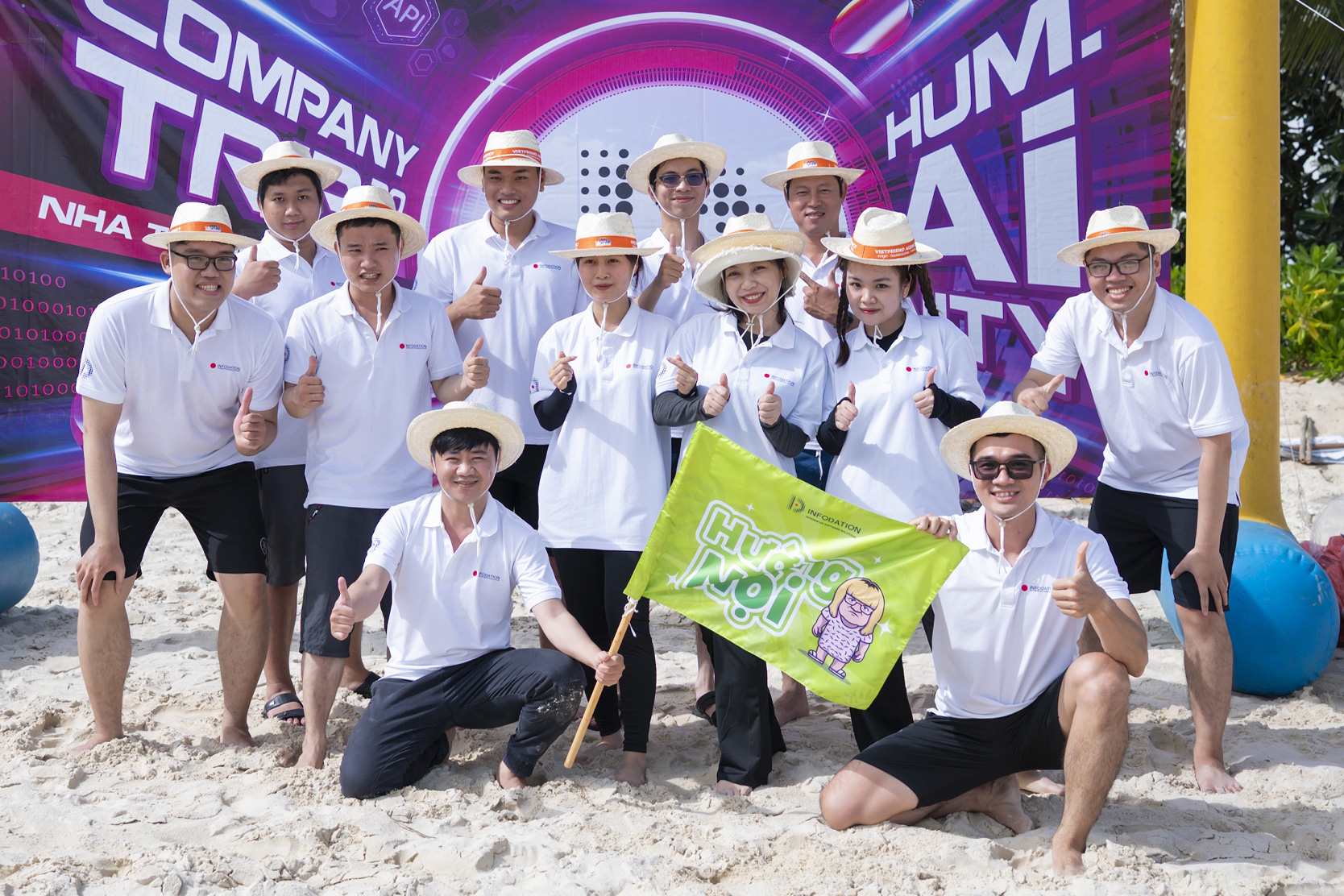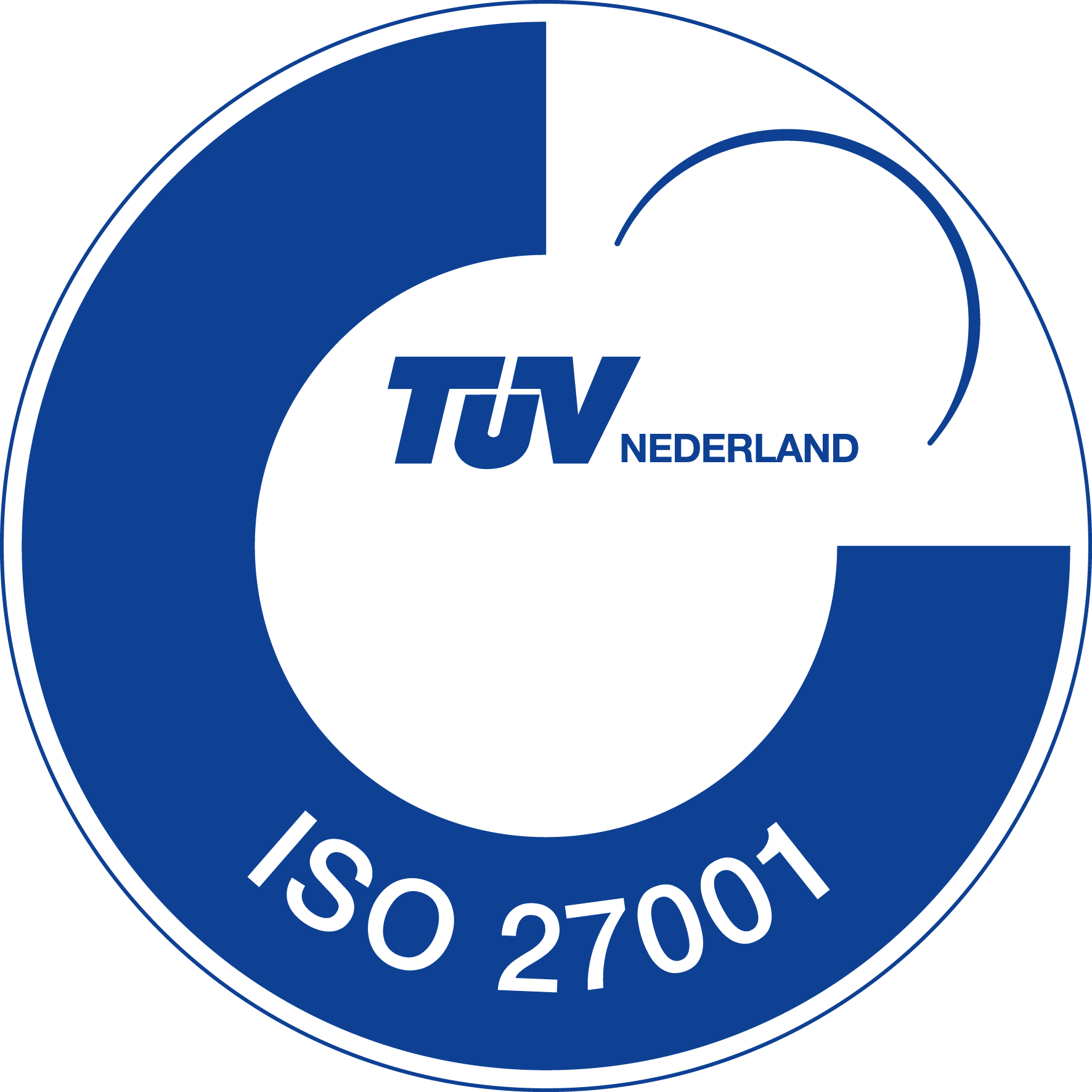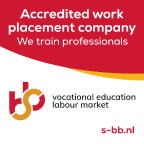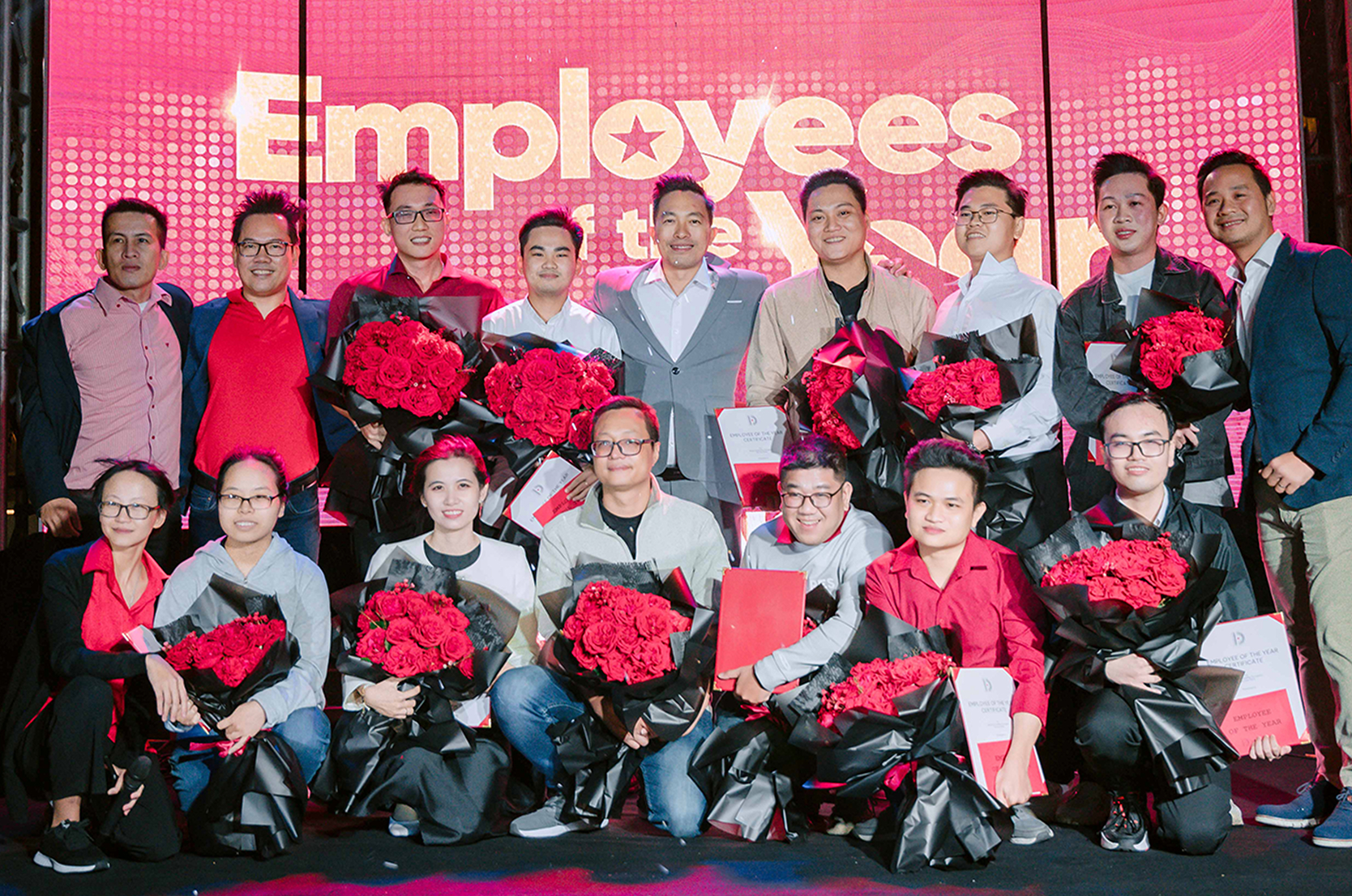
In this post, we will explore why this approach is crucial in HR, how it can be applied in day-to-day interactions, and the positive impact it has on both individual and organizational success.
“Not only strengthening employee engagement, but it also reinforces our commitment to building a supportive and inclusive work environment.”
The Power of Empathy
At its core, “Seek First to Understand, Then to Be Understood” is about empathy. We take the time to fully grasp the needs, concerns, and perspectives of others before offering your own thoughts, feedback, or solutions. In HR, this translates into truly listening to employees, managers, and leaders, rather than simply reacting or offering advice.
Whether it is about resolving a conflict, providing feedback, or conducting a performance review, understanding the other person’s point of view before offering solutions builds trust, respect, and collaboration. When employees feel heard and understood, they are more likely to be engaged, productive, and open to feedback.
Active Listening: The Cornerstone of Understanding
Active listening is key to practicing the principle of understanding first. It requires more than just hearing the words being spoken; it involves focusing fully on the speaker, understanding the emotional undertones, and reflecting back what you’ve heard to ensure clarity.
For HR purpose, this means engaging with employees in a way that encourages open dialogue. It means asking open-ended questions, avoiding distractions, and giving people the time and space to express themselves fully.
By practicing active listening, you foster an environment where people feel comfortable sharing their thoughts and ideas, leading to more effective problem-solving and conflict resolution.
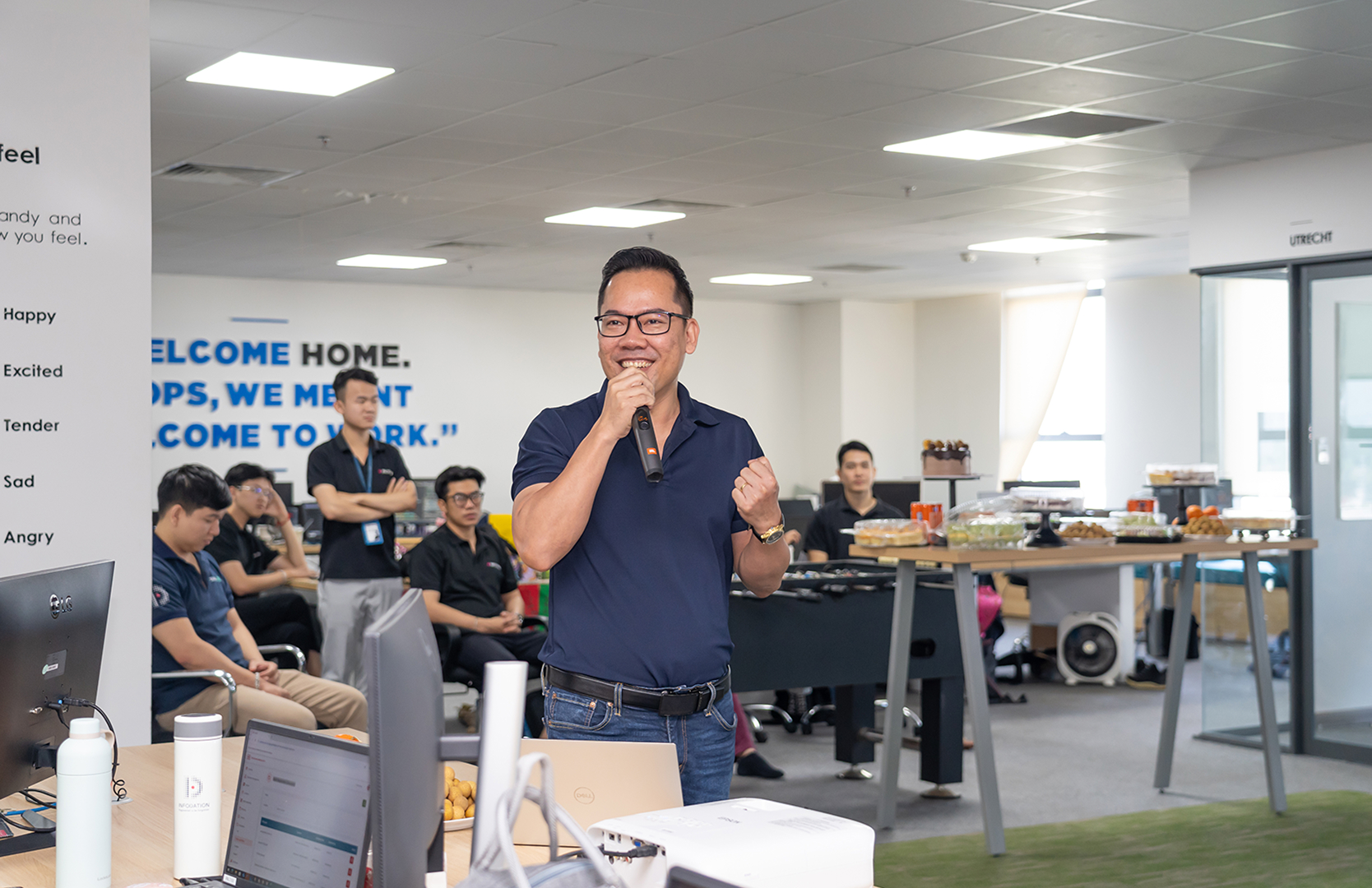
Building Trust and Reducing Misunderstandings
When HR professionals take the time to understand before responding, they help to reduce misunderstandings. Miscommunication is one of the most common reasons for conflict in the workplace, and HR is often called upon to mediate these situations. By ensuring that all parties have been fully heard, misunderstandings can be minimized or completely avoided.
Moreover, taking a moment to understand the emotions and motivations behind a person’s concerns or behavior can go a long way in diffusing tension and fostering a collaborative environment. Employees are more likely to trust HR when they feel they are being listened to and understood.
Balancing Empathy with Clear Communication
While understanding others is paramount, it is also important for HR professionals to express their own perspective clearly and effectively. After you have made the effort to understand, the next step is to ensure your message is communicated in a way that is thoughtful, constructive, and aligned with the needs of the situation. When HR professionals balance understanding with clear, respectful communication, they create a safe and productive environment where employees feel empowered to share their thoughts and collaborate on solutions.
Below are some ways that we apply “Seek First to Understand, Then to Be Understood” principle in our Infodation HR policies and programs to enhance information sharing, understanding, and collaboration among our colleagues.
Cultivating A Culture of Understanding
In HR, the principle of "Seek First to Understand, Then to Be Understood" fosters a culture of mutual respect, trust, and collaboration. By actively listening to employees, HR professionals can make more informed decisions, resolve conflicts more effectively, and provide support that is empathetic and tailored to individual needs.
Ultimately, understanding before speaking is not just a communication strategy; it’s a way to build stronger relationships, create a more inclusive and supportive work environment, and drive organizational success. In the fast-paced world of HR, taking the time to understand each individual will pay dividends in creating a workplace where employees feel valued, heard, and empowered to succeed.
Below are some ways that we apply “Seek First to Understand, Then to Be Understood” principle in our Infodation HR policies and programs to enhance information sharing, understanding, and collaboration among our colleagues.
1. The Employee of the Year Award
Recently, we revised and improved the way we recognized employees for their outstanding dedication and contributions to our company, customers, and teams through the annual "Employee of the Year Award”. All employees are invited to participate in evaluating and voting for the team members whom they feel the most deserving person of the award based on a list of criteria, including but not limited to Excellence in Performance, Company Spirit, Continuous Self-Improvement, etc.
After receiving nomination results from all employees, a panel of judges from the management reviewed and shared their recognitions for the outstanding employees. The outstanding employees being selected for the awards are nominated by both - employees and management – with nomination information being announced and available to our company. This award initiative is one of the ways that we foster a culture that values mutual respect, acknowledges contributions, and encourages appreciation among colleagues. Not only strengthening employee engagement, but it also reinforces our commitment to building a supportive and inclusive work environment.
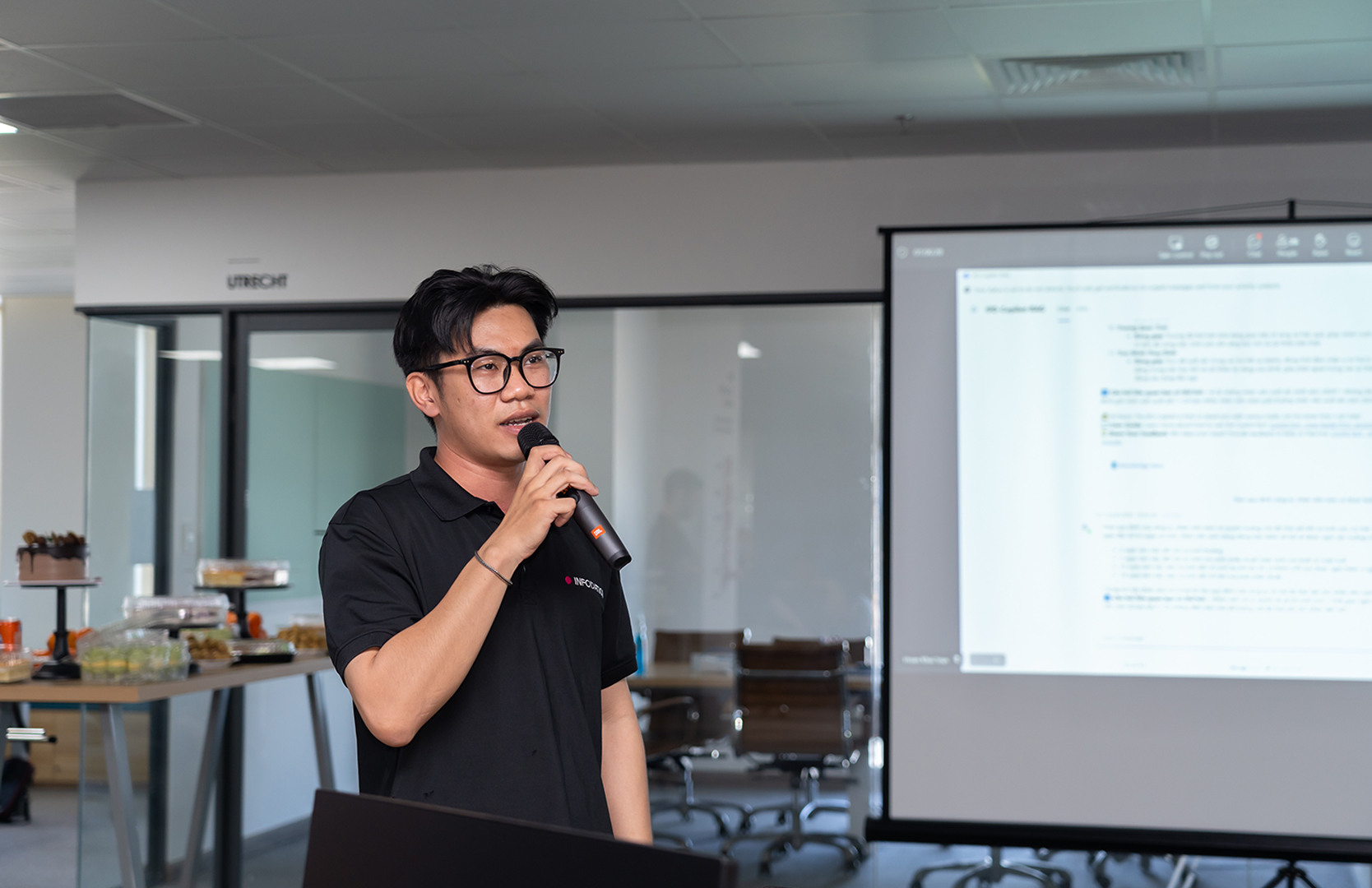
2. Monthly Company Meetings
We host monthly meetings to keep everyone informed of any updates from the management, customers, and teams. We also share the latest ideas, host open discussions on topics that are important to employees, invite teams to share their work and innovation.
We organize these meetings to provide a supportive platform where employees feel encouraged to present their perspectives, propose innovative solutions, or raise concerns in a supportive and inclusive Q&A environment. After each company meeting, we send out a survey to ask for feedback so we can continually improve and ensure the meeting platform remains effective in addressing employee needs and ideas.
Through these meetings, we create a transparent environment, increasingly bridge the gap between our employees and management, reinforce a culture of collaboration, and ensure that employee voices are heard and acted upon.
3. Accommodating Unexpected Needs
Sometimes, life happens unexpectedly to our employees and at times, we need to adapt to the needs of our employees and provide accommodation. When employees come to us for work arrangements (either to work from home or changing working hours) to take care of their personal and family needs, we first listen to them and then come up with some options around the employee requests to ensure that performance and delivery promised to customers will not fall behind. As a result of an open and respectful discussion, our HR professionals have the opportunity to explain the company policy with the employees, while the employees understand more about the company’s support and have more options to navigate through their tough times – whether it is to have flexible working hours, better workload distribution, or mental health support programs. This process fosters our company’s empathy with clear communication and helps our employees feel supported, less burnout, and have higher job satisfaction.
Conclusion
Integrating the principle of "Seek First to Understand, Then to Be Understood" into daily HR practices fosters a culture built on trust, empathy, and collaboration and enables effective communication, which is essential for organizational success. We, HR professionals, continue to apply this principle to keep our workplace safe and meaningful so that all employees feel appreciated, understood, and motivated to succeed during the time they work at Infodation.



